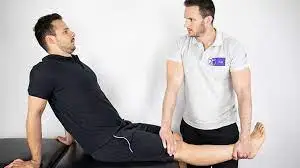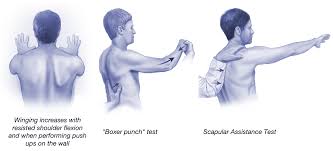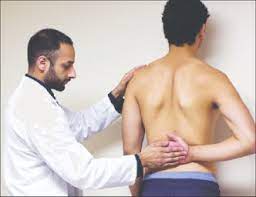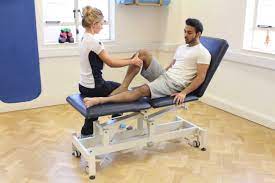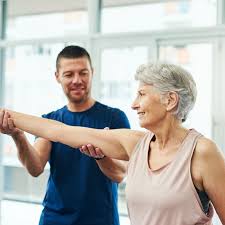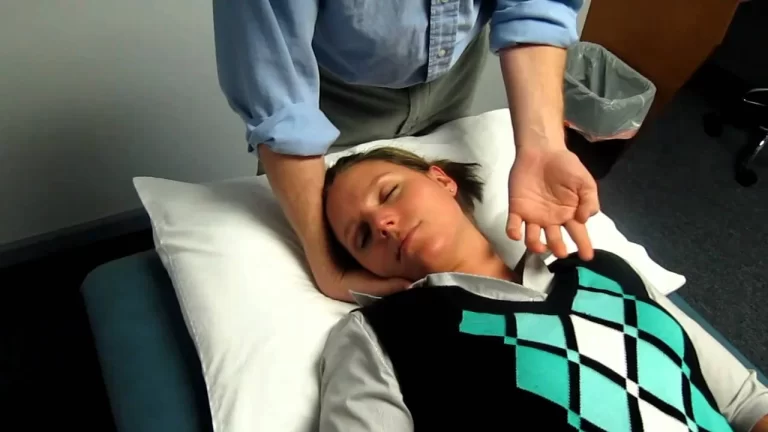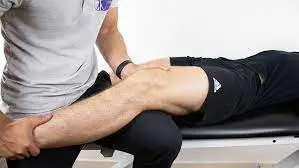Tripod Sign
Table of Contents
What is the Tripod Sign?
The tripod sign is a test used in orthopedics to measure the length of the hamstrings. The hamstrings are a muscle group that can cause various musculoskeletal problems and postural imbalances.
Location:
A treatment table or examination bench are example of a raised surface on which the patient is asked to sit. Legs should be relaxed, knees bent at 90°, and feet hanging over the side of the table.
Tripod Sign Test performance:
The examiner checks the patient’s ability to fully extend the knee in this position without flexing the hip. Without using his hands, the patient tries to straighten his knee.
Interpretation:
The test is considered negative if the patient can fully extend their knee (leg straight) without hip flexion or trunk extension. This shows that their hamstrings are quite long.
Positive test:
If the patient cannot fully extend the knee without hip flexion or trunk extension, this indicates that the knee joints are shortened or tight. In this case, the test is considered positive for limited flexibility of the thigh muscle.
Medical professionals use a variety of clinical tests to assess joint flexibility and muscle length, including the tripod sign. For those with lower back pain, hip pain, or other musculoskeletal problems related to hamstring tightness, this can be important information about the condition of the hamstrings.
Clinical examination results should always be interpreted in light of the patient’s general clinical picture, other assessment results, and other test results. It is recommended that you consult an experienced physician, such as a physical therapist or orthopedist, for a thorough evaluation and appropriate treatment if you notice problems related to muscle tension or musculoskeletal symptoms.
FAQ
Tripod sign
A positive sign when raising one leg produces back pain (again often radiating down the leg) and this should be accompanied by the patient’s natural tendency to reduce the pain by leaning on the back and supporting the table with both hands. or yourself creating a tripod.

